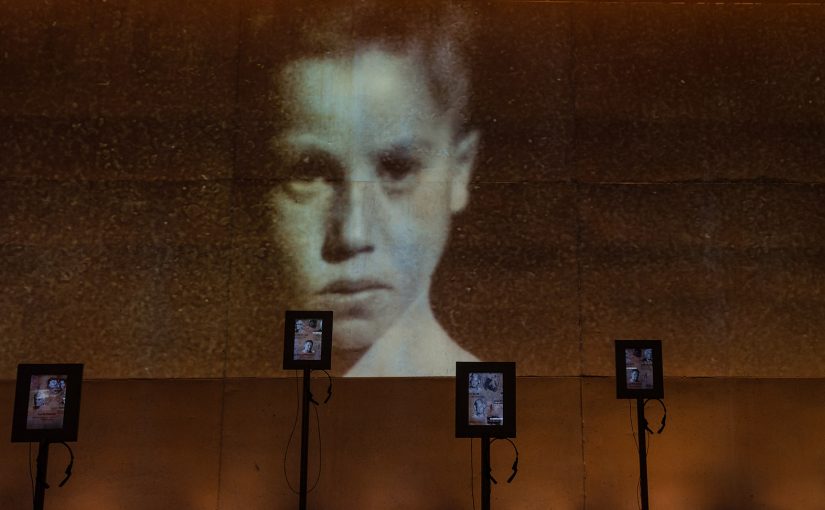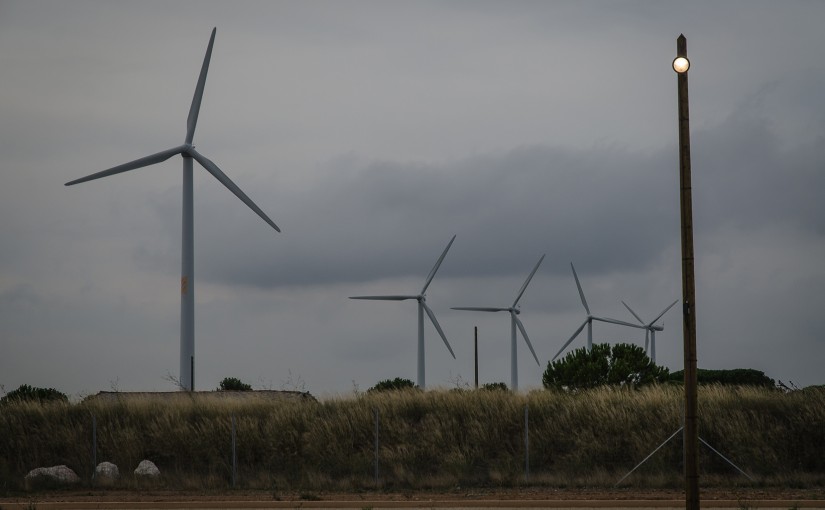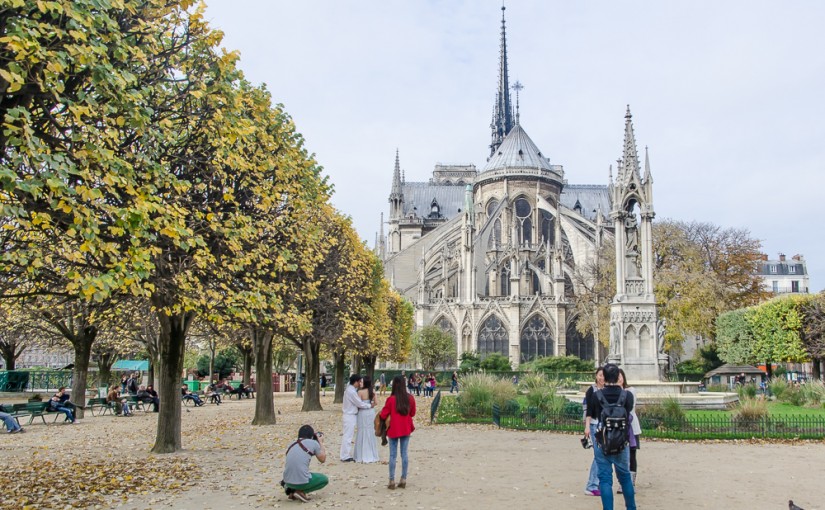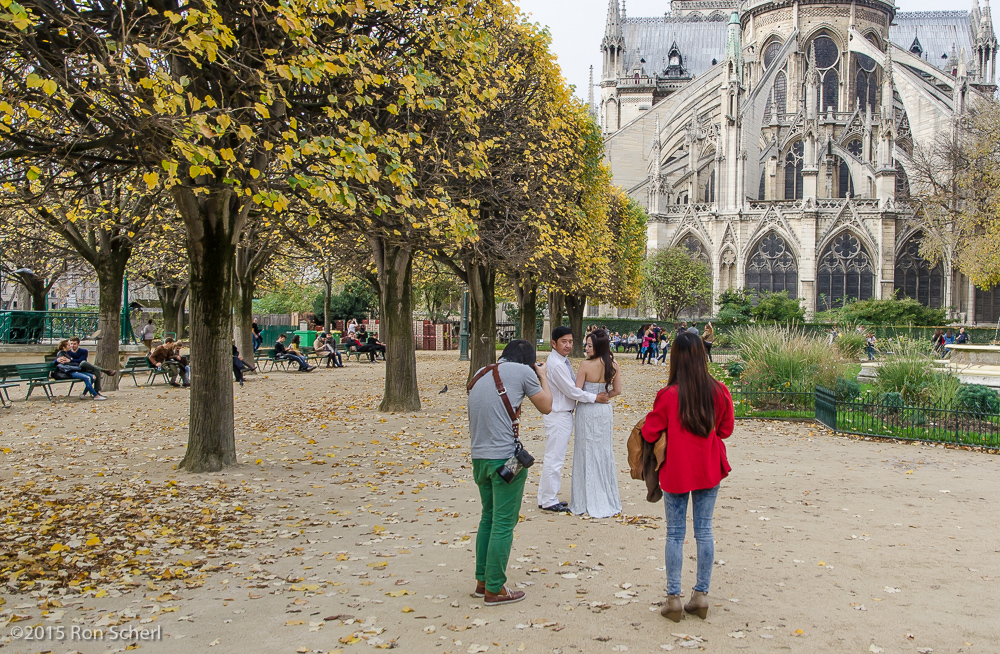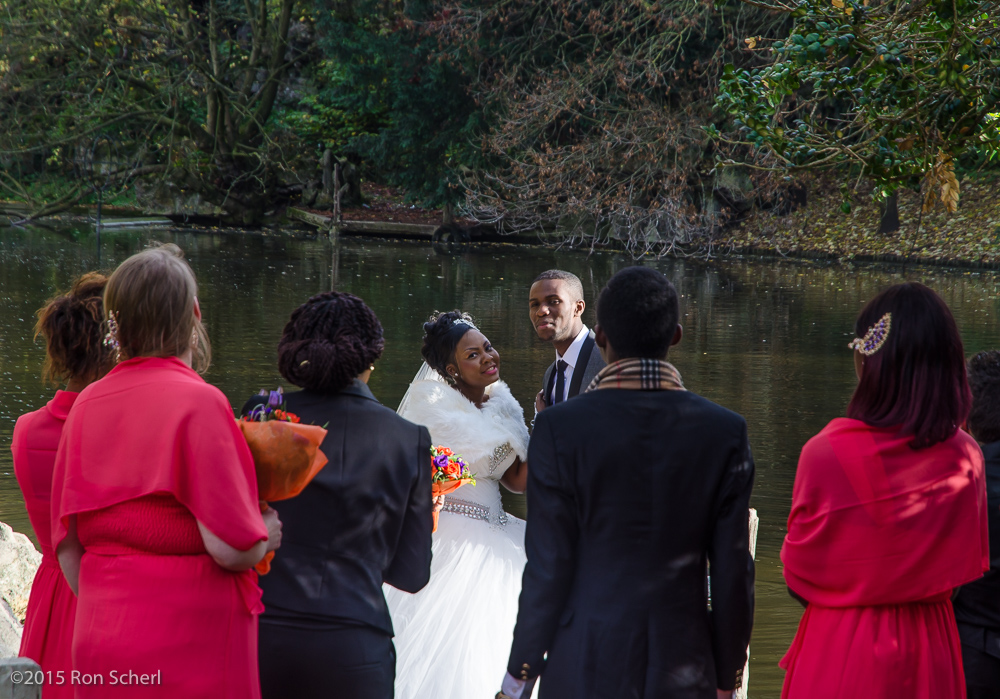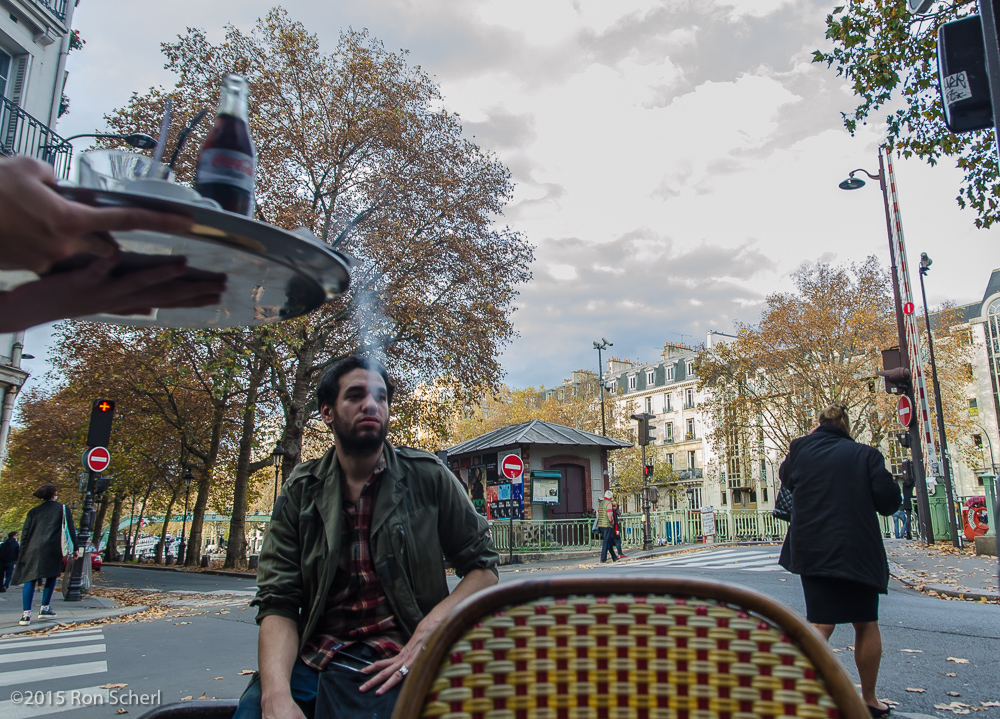Myron lived on the street, at the corner of Clement and Funston. Yesterday, he died there.
This morning, on my walk to the gym, there was a small memorial where Myron used to be.
Three or people were there, talking quietly, taking pictures. “He was a good man.” “A gentle soul.” “He always cared about other people.” “He’d tell you to dress warmly.” “He’d tell you that Jesus loves you.” “He’d say that he loves you.” “He’d always say it was a beautiful day, even when it wasn’t.” “He was always cheerful.”
I walked on. A block later, the driver of the 2 Clement bus honked at me from across the street.
“Did Myron die?” She asked. I nodded. “I saw an ambulance at his place yesterday, I was afraid of that.” “He was a good man,” I said. “It’s a hard world,” she said.
Should we have done more for Myron? I gave him a dollar or two many times although he never asked. He gratefully accepted and offered God’s blessing in return. It seemed like all I could do. I don’t know if he would have gone to a shelter, or if any of the city’s homeless programs ever reached him. I never asked.
I saw him one day in his usual afternoon place at the corner of Ninth and Clement. He used to be on the Walgreen’s side, but then moved across the street to the bank. I suspect Walgreen’s complained but I don’t really know. Anyway, this day he was beside the bank, surrounded by pigeons and looking like St. Francis himself, but Myron was a little down because the pigeons were feasting on his dinner. He had spilled a container of rice from a Chinese takeout. “It was my good rice,” he said. I gave him a couple of dollars to get more and he thanked me with Jesus’ blessing.
“The Homeless Problem” is a big deal in San Francisco and it is a problem. There are far too many people on the streets and many of them are ill, addicted, or both. Fixing it requires lots of money, compassion, and the will to systematically tackle a difficult problem. People need housing combined with access to services that can help them regain a sense of purpose. It’s not impossible. We are in a time of enormous economic expansion. There is money; what we need is a renewal of the spirit of sharing that was once a hallmark of this country. We once believed that the proper role of government was to help those who needed it. We lost that in the eighties when taxes on corporations and the wealthy were cut, immediately followed by a cut in services to those who needed them most. Greed became acceptable. The path to change runs from the people to the elected leaders. It will never come from the top down.
There were days when Myron smelled so bad it was hard to be near him. There were days when he was incoherent, although I don’t think it was a result of drugs or alcohol. I was surprised that he died but I shouldn’t have been. It’s a hard world.
There were a few more people at Myron’s place when I walked home. One neighbor told me there will be a memorial service January 1 at 8AM at Star of the Sea, his church.
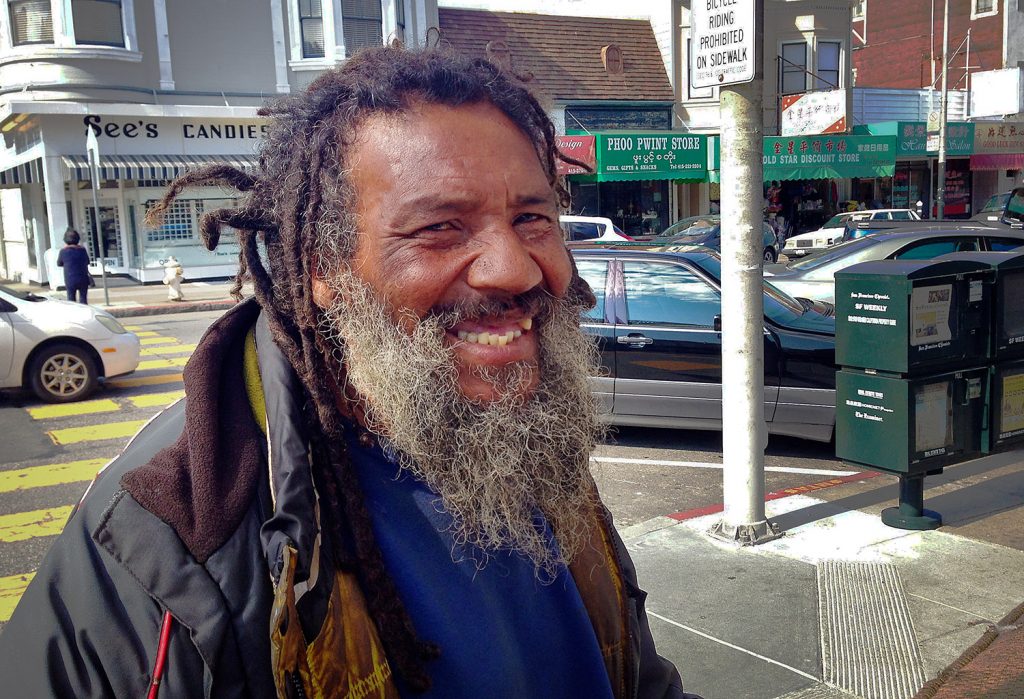
©2016 Ron Scherl
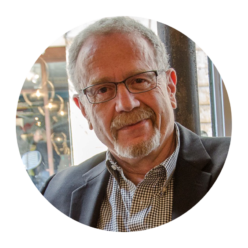
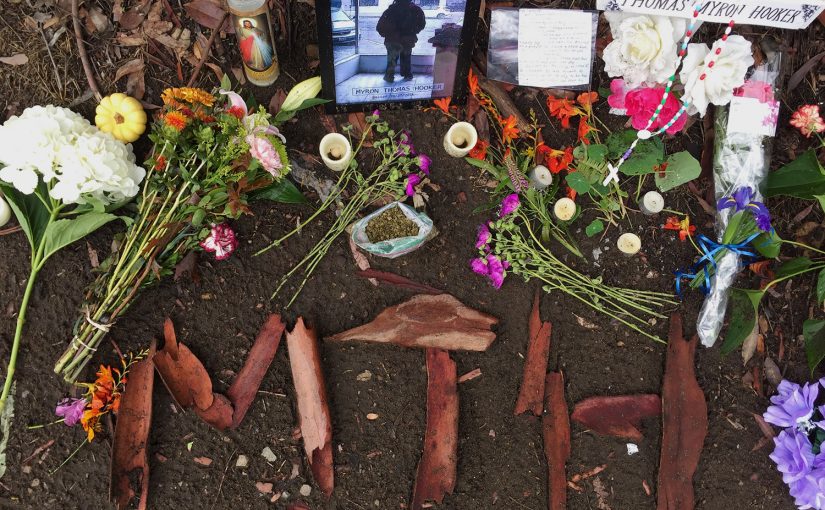
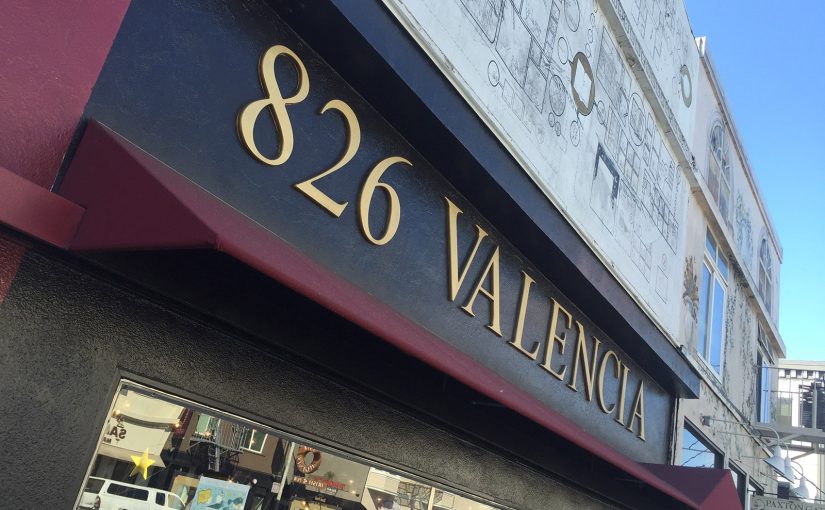
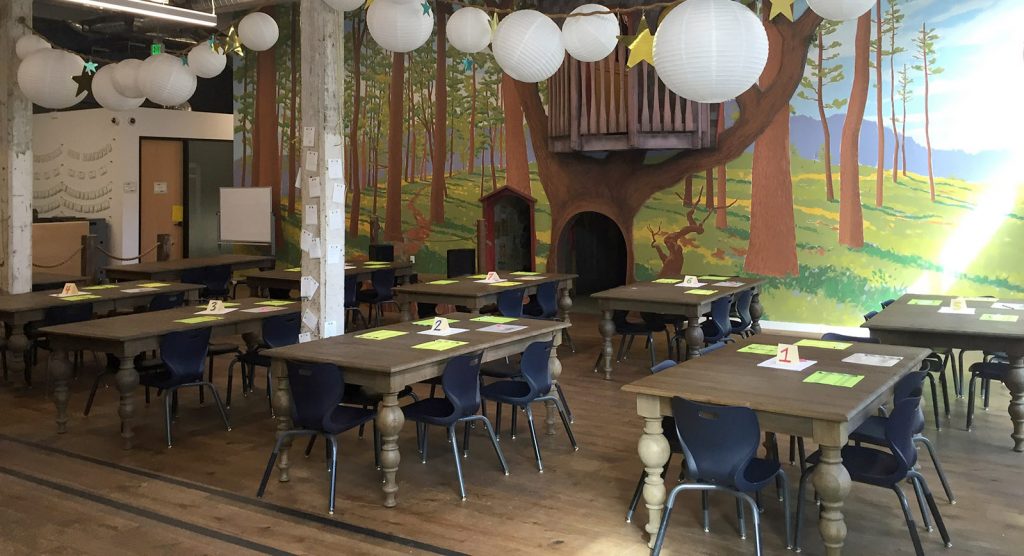
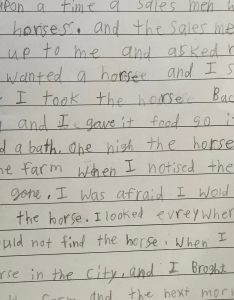
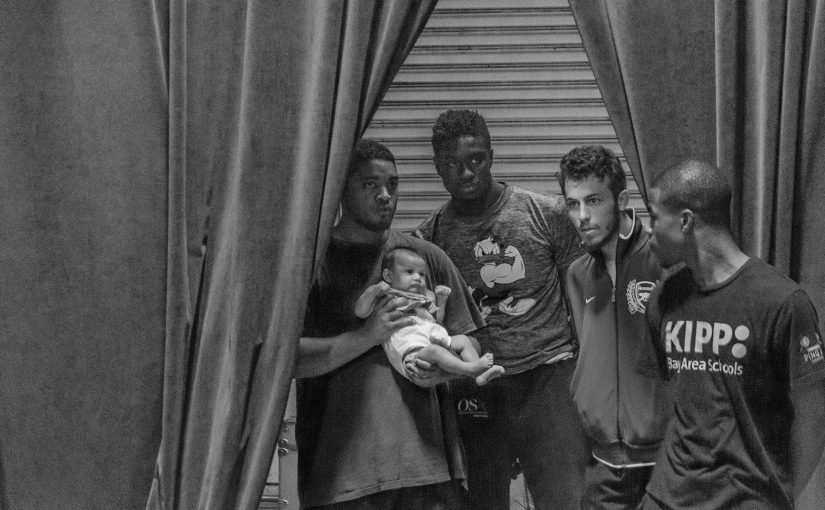
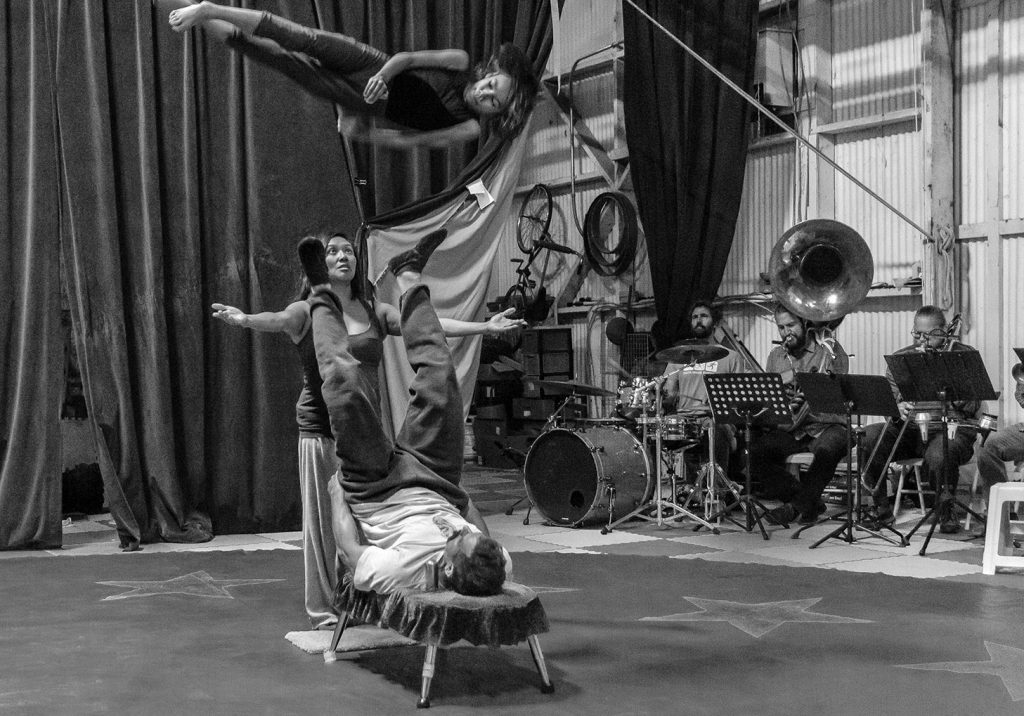
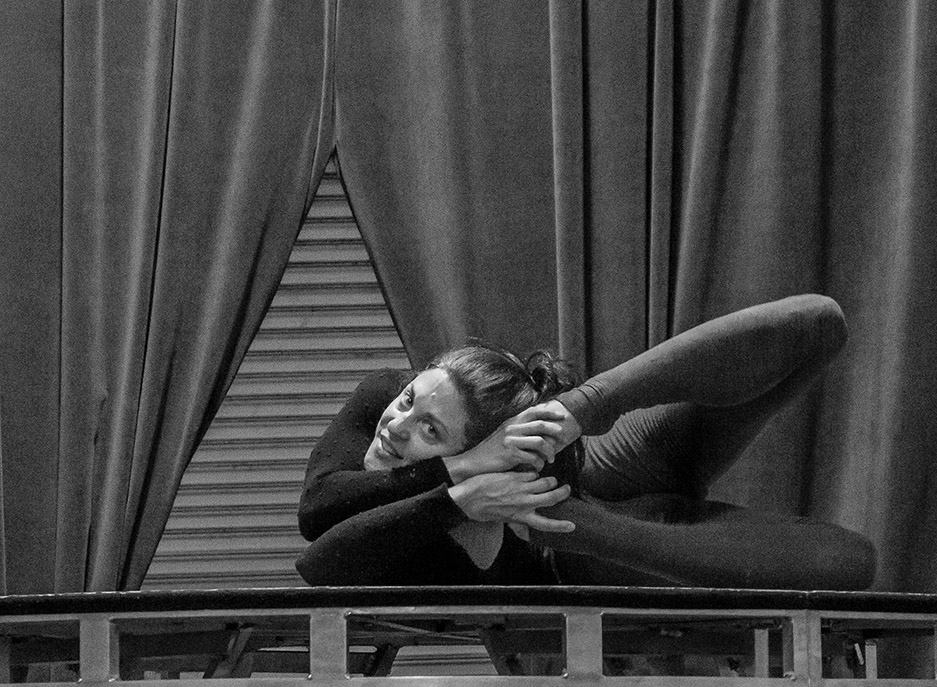
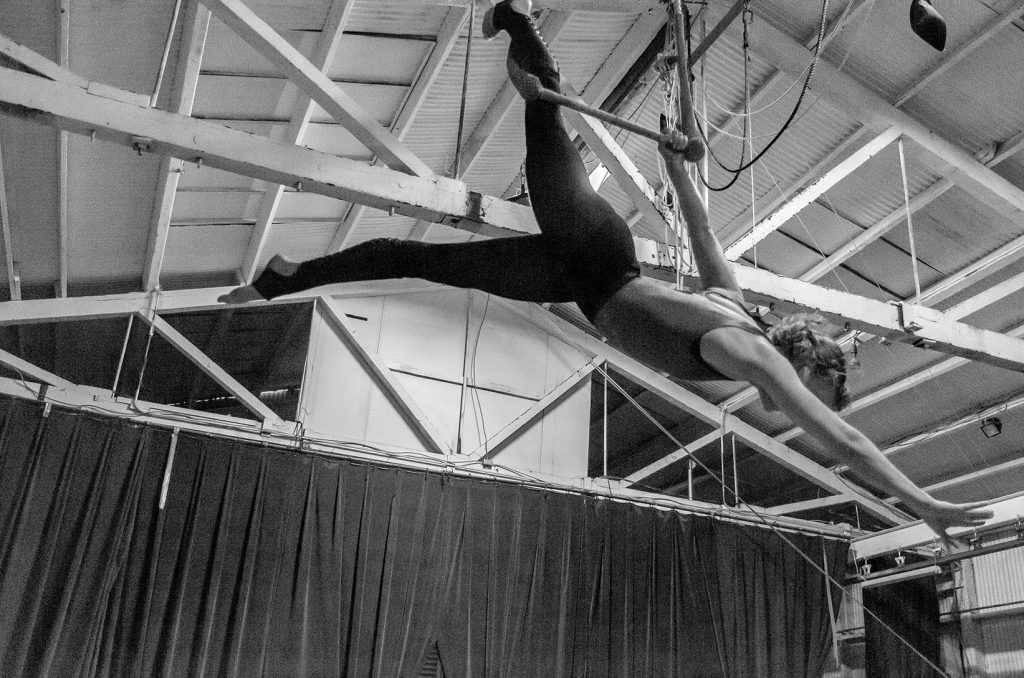
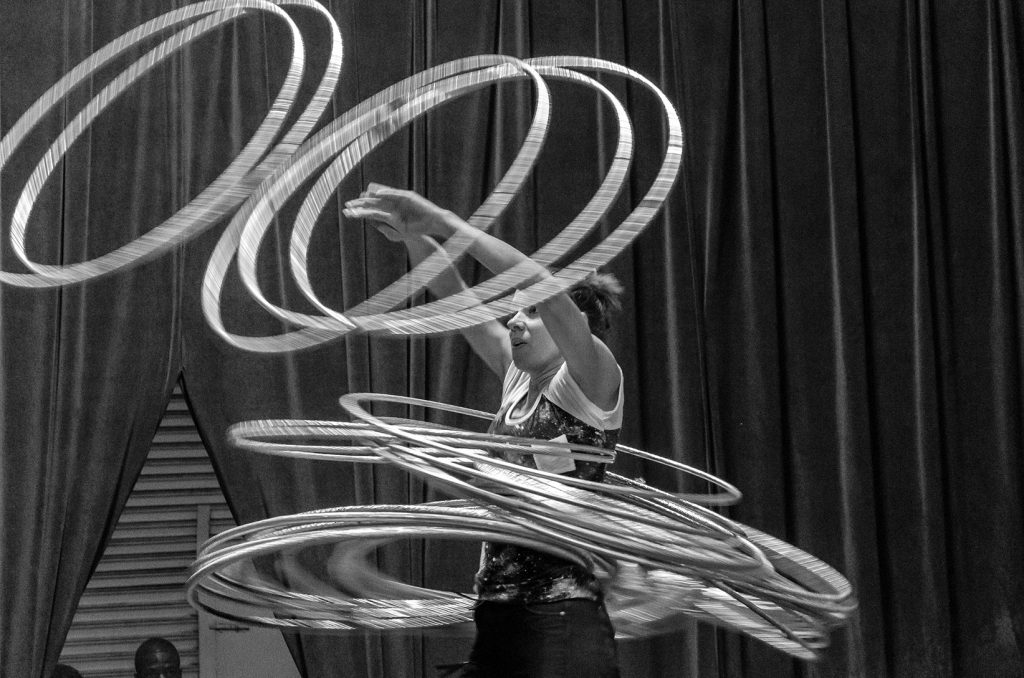
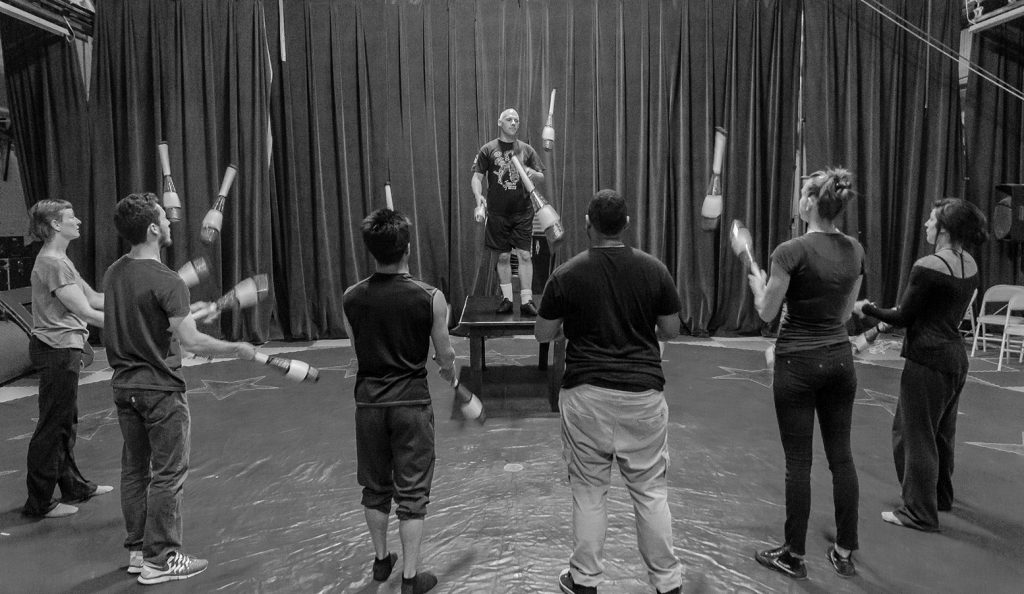
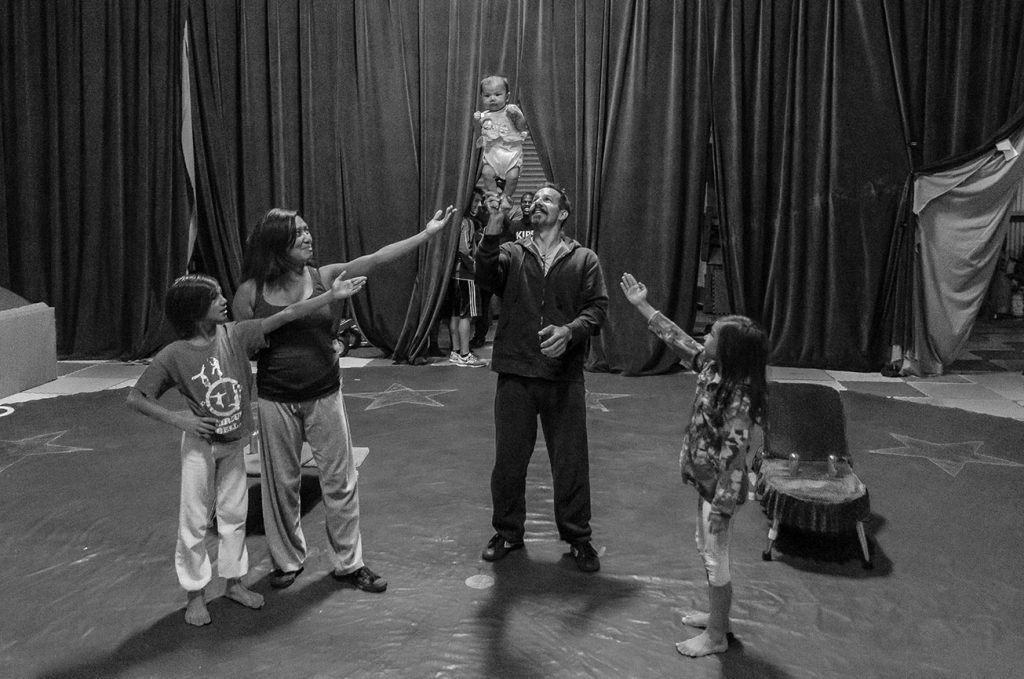
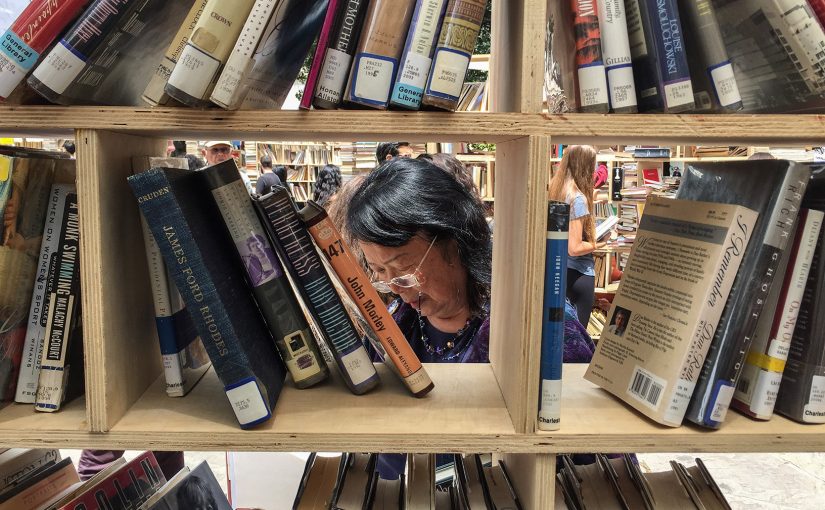
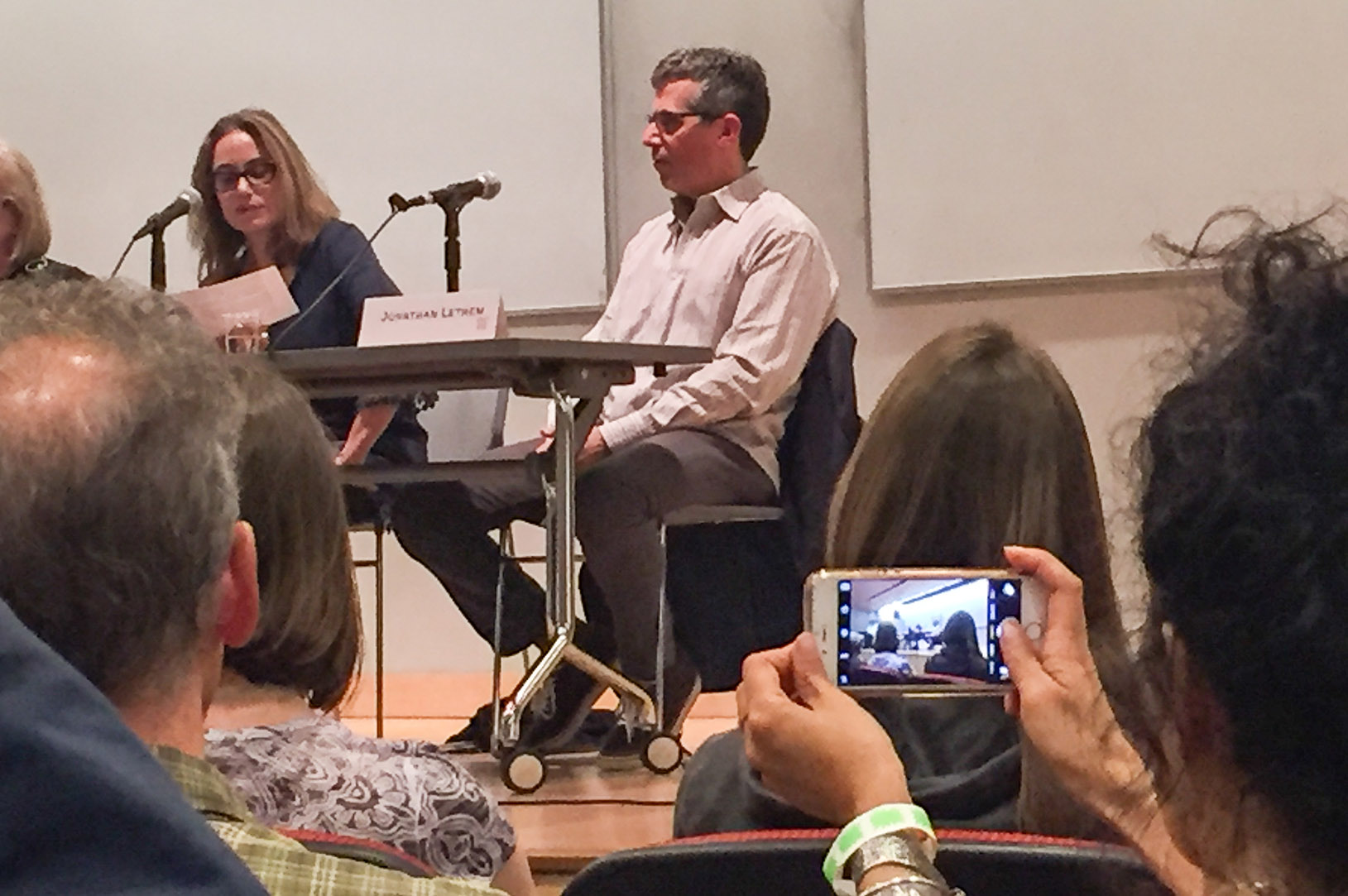
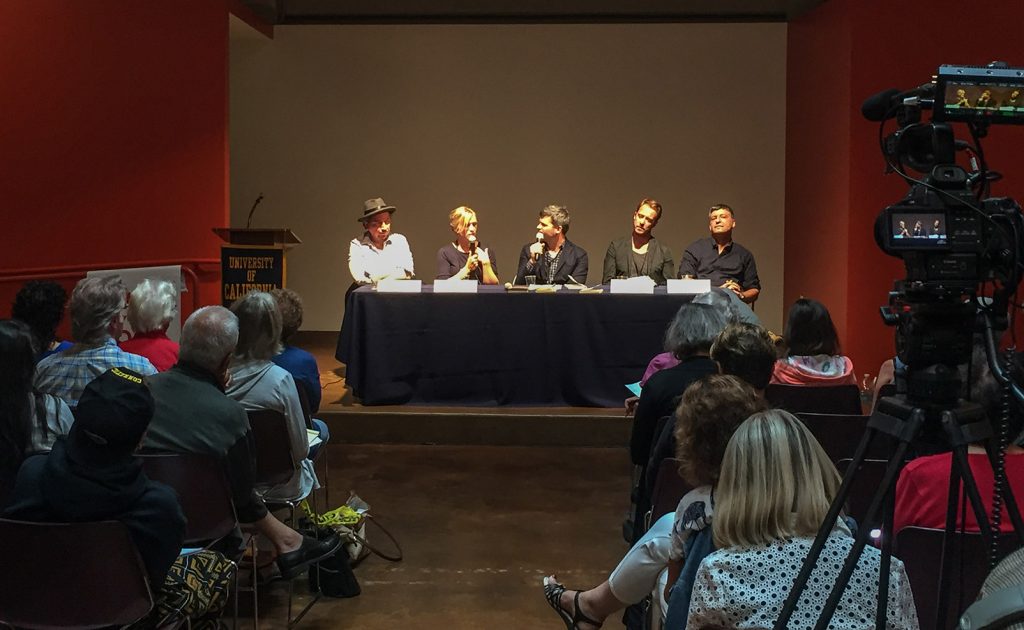
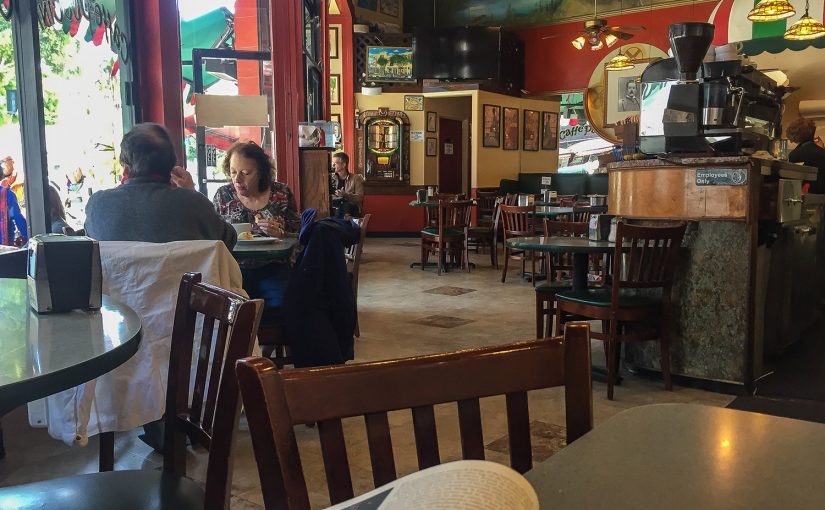
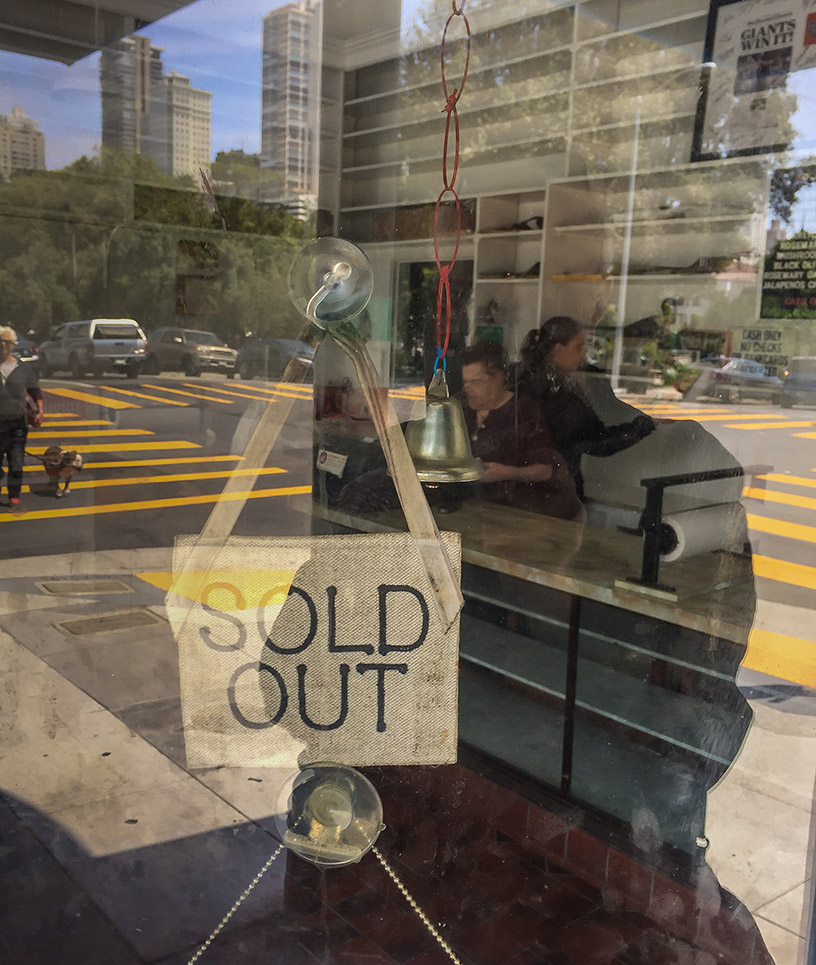
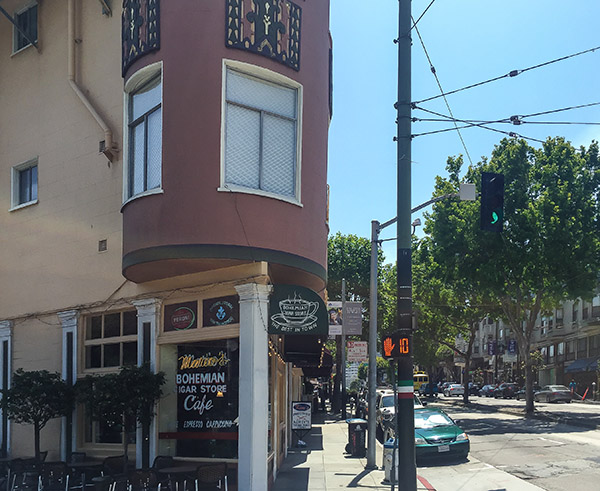
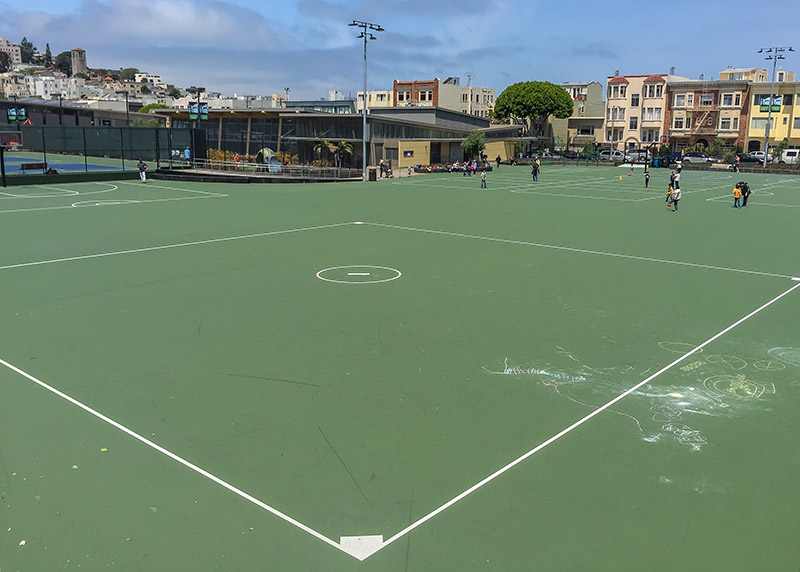 Lunch at the new Original US Restaurant. More than an exercise in nostalgia, this is food from the Italian grandmother you always wished you had. All the other old neighborhood restaurants are gone but the family somehow managed to put this back together, covered the walls with photos of the old place and the family who made it special, and brought back a small piece of the neighborhood.
Lunch at the new Original US Restaurant. More than an exercise in nostalgia, this is food from the Italian grandmother you always wished you had. All the other old neighborhood restaurants are gone but the family somehow managed to put this back together, covered the walls with photos of the old place and the family who made it special, and brought back a small piece of the neighborhood. Ran into Supervisor Aaron Peskin and asked him if he was enjoying being back in City Hall. “I’m having fun,” he said with a wicked smile that left no doubt. Aaron loves to stir the pot by extending the progressive agenda as far to the left as possible. He’s good at it, and it’s a useful service to our complacent, liberal city.
Ran into Supervisor Aaron Peskin and asked him if he was enjoying being back in City Hall. “I’m having fun,” he said with a wicked smile that left no doubt. Aaron loves to stir the pot by extending the progressive agenda as far to the left as possible. He’s good at it, and it’s a useful service to our complacent, liberal city.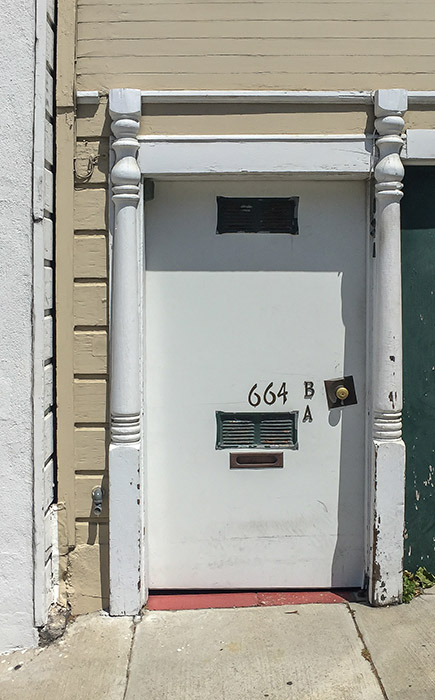 Walked past several doors that used to mean home, then back down Columbus to the bus that would take me there.
Walked past several doors that used to mean home, then back down Columbus to the bus that would take me there.